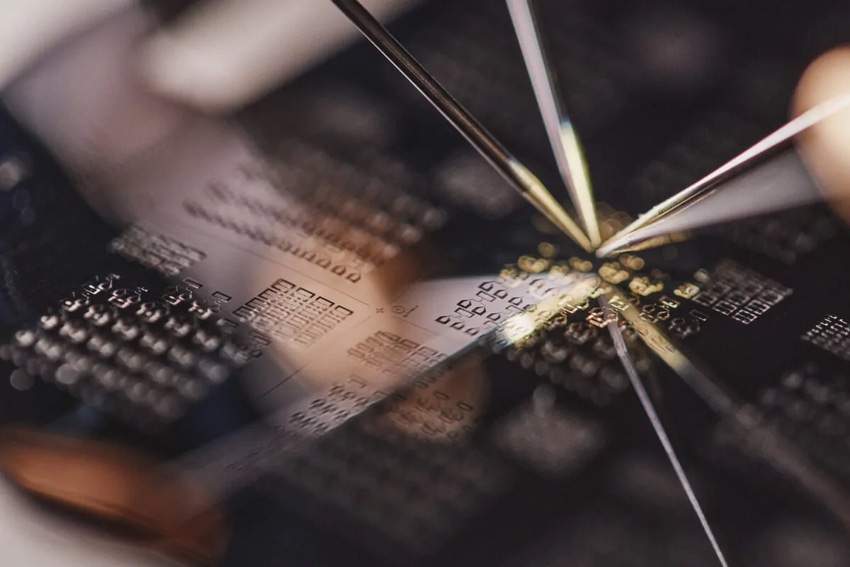
Connects decision-makers and solutions creators to what's next in quantum computing
Alice & Bob Targets “Useful” Quantum Computing
Architecture makes 100 reliable logical qubits available with fewer resources

French quantum hardware developer Alice & Bob, along with research institute Inria, has produced a quantum error correction architecture that could provide sufficient qubit processing power for practical applications.
The total number of physical qubits, the basic unit of processing power in quantum computing, can be expanded relatively easily. However, they cannot produce a usable, reliable result without error correction.
It is generally accepted that once 100 error-corrected qubits are available, quantum computers will be able to tackle real-world problems better than classical problems. The race between quantum researchers is on to achieve this.
However, error correction is resource-hungry and uses many times more physical qubits to produce error-corrected qubits. Reducing this ratio could open a path to scalable quantum computing.
The new error correction architecture uses low-density parity-check (LDPC) codes on the cat qubits that Alice & Bob’s hardware uses to reduce hardware requirements for useful quantum computers. This is similar to the method used to clean up noise from digital telecommunication.
It advances previous research on LDPC codes by enabling the implementation of gates as well as the use of short-range connectivity on quantum chips. The resulting reduction in overhead required for quantum error correction enables the operation of 100 high-fidelity logical qubits with as few as 1,500 physical cat qubits.
Alice & Bob CEO Théau Peronnin referred to the breakthrough in terms of Shor’s algorithm, a quantum algorithm for finding the prime factors of an integer. It is considered to be a textbook example of quantum advantage and is behind the threat to current public key encryption from near-future quantum computers.
“This new architecture using LDPC codes and cat qubits could run Shor’s algorithm with less than 100,000 physical qubits, a 200-fold improvement over competing approaches’ 20 million qubit requirement,” Peronnin said.
“Our approach makes quantum computers more realistic in terms of time, cost and energy consumption, demonstrating our continued commitment to advancing the path to impactful quantum computing with error-corrected, logical qubits.”
Boston Consulting Group partner and director Jean-François Bobier added: “Over 90% of quantum computing value depends on strong error correction, which is currently many years away from meaningful computations. By improving correction by an order of magnitude, Alice & Bob's combined innovations could deliver industry-relevant logical qubits on hardware technology that is mature today.”
About the Author(s)
You May Also Like
.png?width=100&auto=webp&quality=80&disable=upscale)
.png?width=400&auto=webp&quality=80&disable=upscale)




